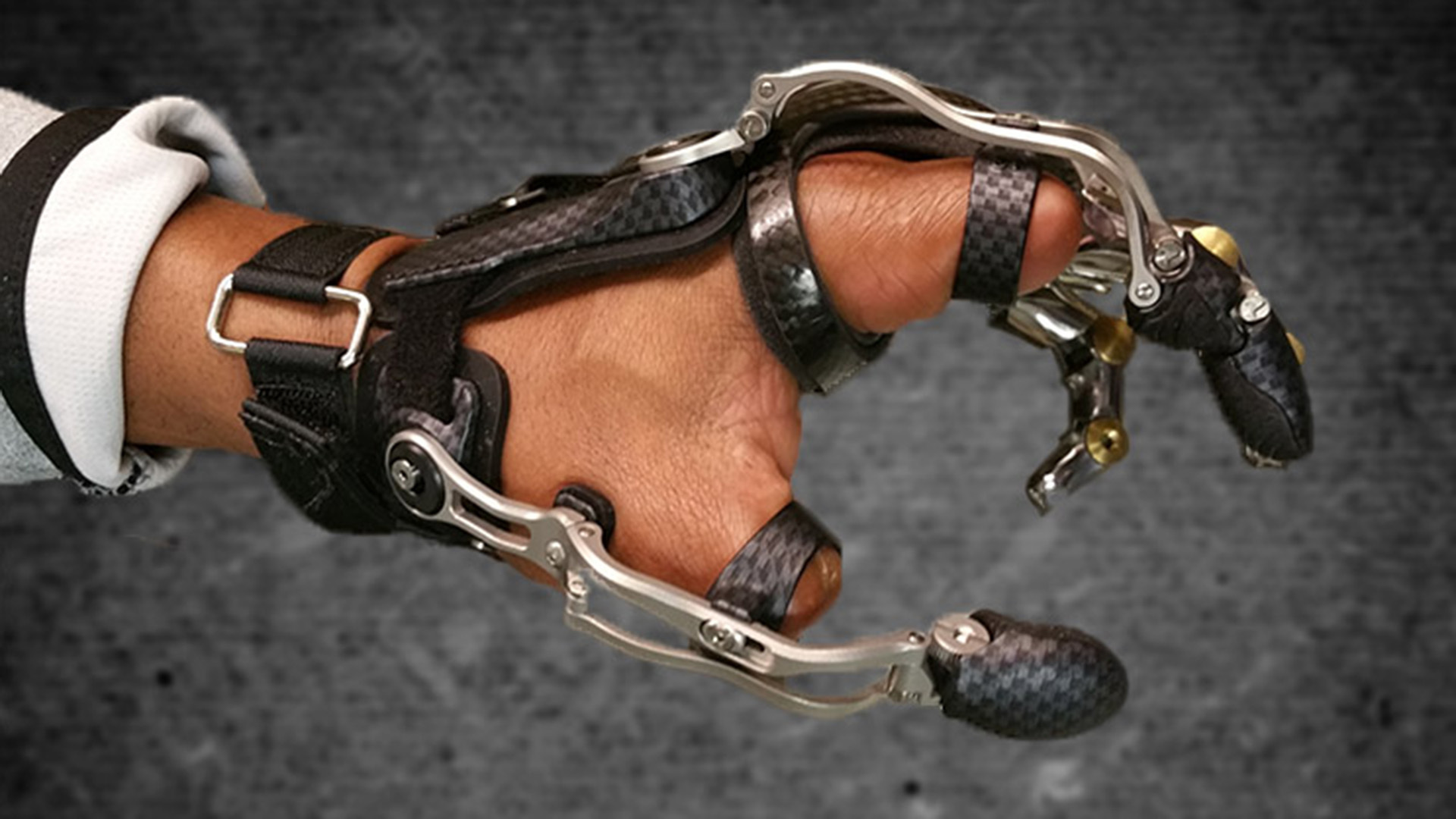
Prosthetics have come a long way from their ancient origins. Did you know that the earliest known prosthetic was a wooden toe found on an Egyptian mummy? Today, these devices are marvels of engineering, offering mobility and independence to countless individuals. Modern prosthetics can be controlled by thoughts, thanks to advancements in neural interfaces. They come in various forms, from limbs to eyes, each designed to meet specific needs. 3D printing has revolutionized the field, making custom prosthetics more accessible and affordable. Whether you're curious about their history or the latest innovations, these 34 facts will give you a comprehensive look at the world of prosthetics.
The History of Prosthetics
Prosthetics have a long and fascinating history. They have evolved significantly over the centuries, helping millions of people regain mobility and functionality.
- The earliest known prosthetic was a wooden toe found on an Egyptian mummy dating back to around 950-710 B.C.
- Ancient Roman general Marcus Sergius had an iron hand made after losing his own in battle.
- The first recorded use of a prosthetic limb was by a soldier in ancient Greece.
- In the 16th century, French surgeon Ambroise Paré advanced prosthetic design with hinged limbs and harnesses.
- The American Civil War spurred significant advancements in prosthetic technology due to the high number of amputations.
Modern Prosthetic Technology
Today's prosthetics are marvels of engineering, incorporating advanced materials and technology to improve the lives of users.
- Modern prosthetics often use lightweight materials like carbon fiber and titanium.
- Myoelectric prosthetics use electrical signals from the muscles to control movement.
- 3D printing has revolutionized prosthetic production, making custom designs more affordable.
- Some prosthetics are equipped with sensors that provide feedback to the user, mimicking the sense of touch.
- Bionic limbs can be controlled by the user's thoughts through brain-computer interfaces.
Famous Prosthetic Users
Many well-known individuals have used prosthetics, demonstrating their effectiveness and inspiring others.
- Heather Mills, a model and activist, uses a prosthetic leg after a car accident.
- Oscar Pistorius, a Paralympic athlete, competed using carbon fiber prosthetic legs.
- Amy Purdy, a Paralympic snowboarder, uses prosthetic legs and has competed on "Dancing with the Stars."
- Rick Allen, the drummer for Def Leppard, uses a specially designed drum kit after losing an arm.
- Aimee Mullins, an athlete and actress, uses various prosthetic legs for different activities.
Prosthetics for Animals
Prosthetics aren't just for humans; animals can benefit from them too.
- Winter, a dolphin, uses a prosthetic tail to swim after losing her own.
- Derby, a dog, received 3D-printed prosthetic legs to help him run.
- Mosha, an elephant, uses a prosthetic leg after stepping on a landmine.
- Beauty, a bald eagle, received a prosthetic beak after being shot.
- Chris P. Bacon, a pig, uses a wheelchair-like prosthetic to move around.
The Future of Prosthetics
The future holds exciting possibilities for prosthetic technology, with ongoing research and development.
- Researchers are developing prosthetics that can connect directly to the nervous system for more natural control.
- Advances in robotics are leading to more lifelike and functional prosthetic limbs.
- Some prosthetics are being designed to grow with children, reducing the need for frequent replacements.
- Scientists are exploring the use of stem cells to regenerate lost limbs.
- Virtual reality is being used to help amputees adapt to their prosthetics more quickly.
Prosthetics in Popular Culture
Prosthetics have made their mark in movies, TV shows, and literature, often symbolizing resilience and innovation.
- Luke Skywalker's robotic hand in "Star Wars" is one of the most iconic prosthetics in film.
- The character Edward Elric in the anime "Fullmetal Alchemist" has a prosthetic arm and leg.
- In the TV show "Game of Thrones," Jaime Lannister uses a golden prosthetic hand.
- The comic book character Cyborg has a body made of advanced prosthetics.
- The movie "I, Robot" features a character with a highly advanced prosthetic arm.
Prosthetics and Sports
Prosthetics have enabled athletes to compete at high levels, breaking barriers and setting new records.
- The Paralympic Games showcase athletes with various prosthetics competing in a wide range of sports.
- Adaptive sports leagues provide opportunities for athletes with prosthetics to play basketball, soccer, and more.
- Prosthetic technology has advanced to the point where some athletes can run faster with prosthetic legs than with natural ones.
- Specialized prosthetics are designed for specific sports, such as swimming, cycling, and rock climbing.
The Future of Prosthetics
Prosthetics have come a long way from simple wooden limbs. Modern advancements like bionic arms, 3D printing, and mind-controlled prosthetics are changing lives. These innovations offer greater mobility, functionality, and independence for users. Researchers are constantly pushing boundaries, aiming for even more lifelike and responsive designs.
The integration of AI and machine learning promises smarter prosthetics that adapt to individual needs. As technology evolves, the gap between natural limbs and prosthetics continues to narrow. This progress not only improves physical capabilities but also boosts confidence and quality of life for many.
Prosthetics are no longer just medical devices; they're becoming extensions of the human body. With ongoing research and development, the future holds even more exciting possibilities. The journey of prosthetics is far from over, and the best is yet to come.
Was this page helpful?
Our commitment to delivering trustworthy and engaging content is at the heart of what we do. Each fact on our site is contributed by real users like you, bringing a wealth of diverse insights and information. To ensure the highest standards of accuracy and reliability, our dedicated editors meticulously review each submission. This process guarantees that the facts we share are not only fascinating but also credible. Trust in our commitment to quality and authenticity as you explore and learn with us.


